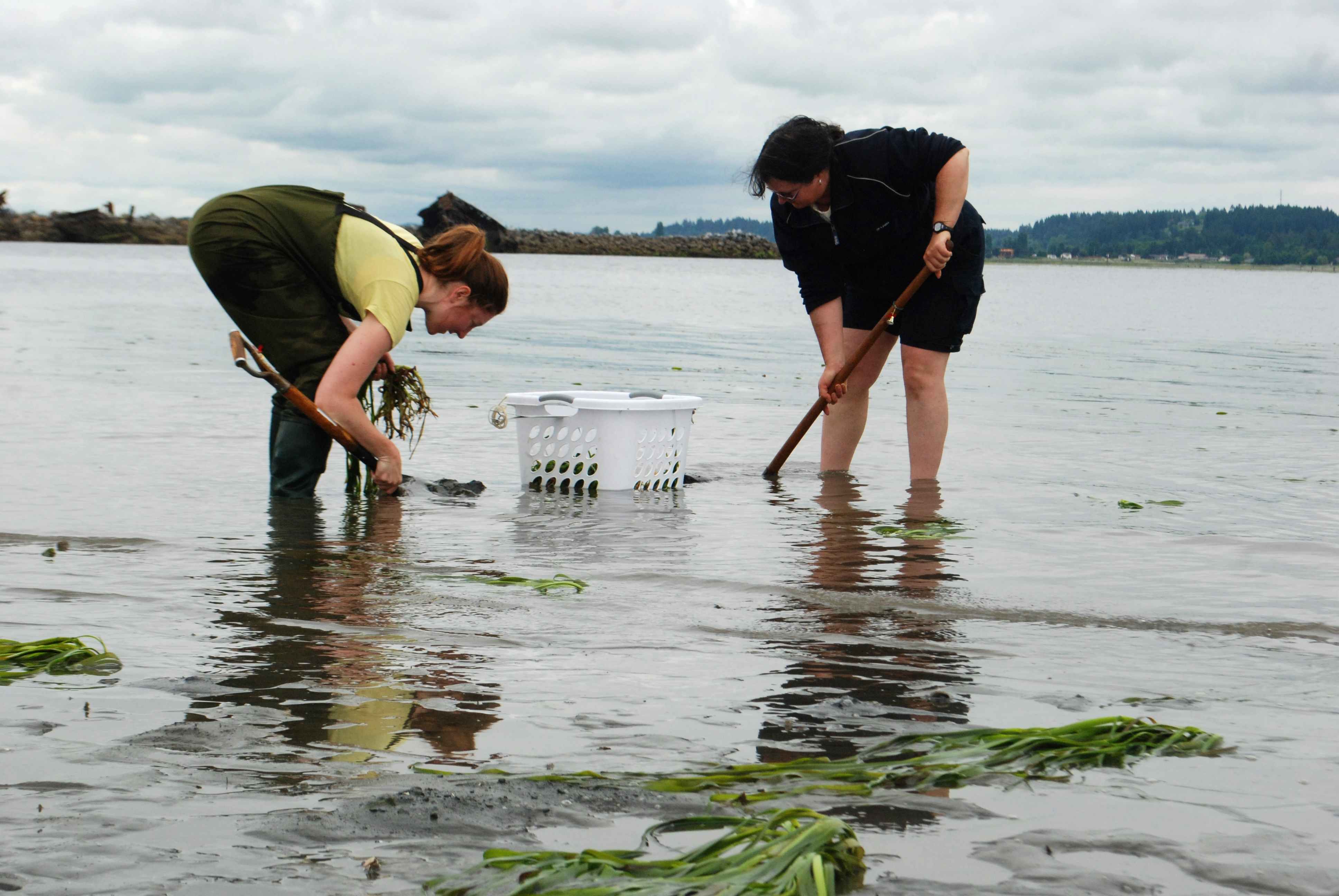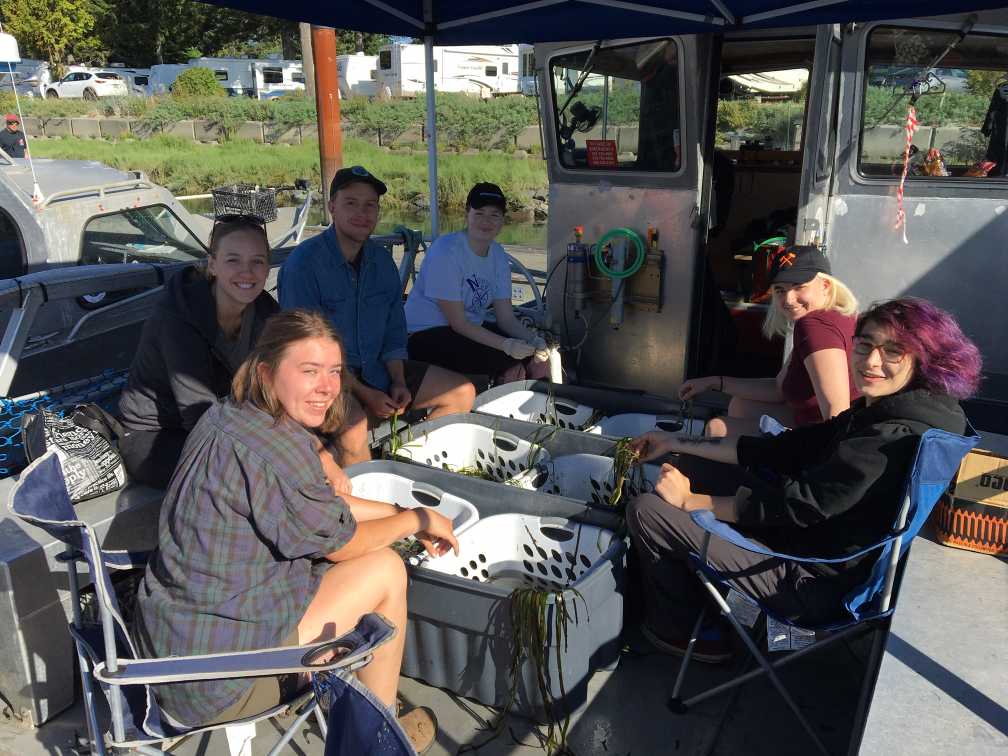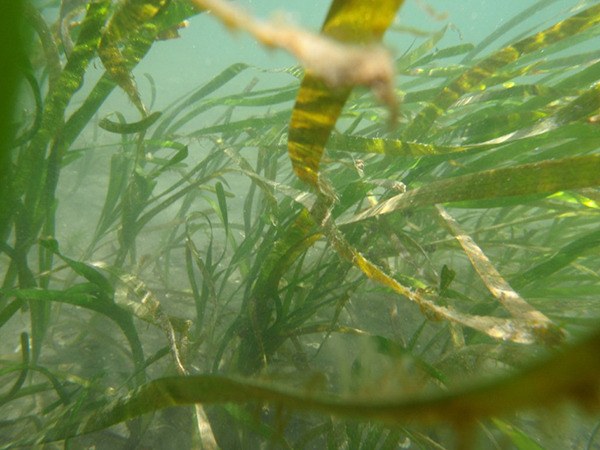After looking at dive efforts and events globally, I wanted to hone in on the island a little bit and focus on some initiatives happening right here at home. I have had the pleasure through my undergrad of working with Project Watershed on a project as well as exploring some of their other on-the-go projects at the time. Based further North Island where I grew up, Comox Valley Project Watershed is a registered non-profit environmental society “focused on sensitive habitat stewardship. The organization is guided by a volunteer board and managed by staff.” They are also an active partner of the Comox Valley Conservation Strategy – Community Partnership. They offer “professional conservation mapping and related technical services, host regular Streamkeeper & Wetlandkeeper courses, maintain a stewardship information library, and currently manage research, restoration, assessment, protection and awareness raising projects in the K’ómoks Estuary and Puntledge River Watershed“
Growing up in the valley, we learned much about the K’ómox Estuary and the ecological importance and diversity of estuaries in general. Being a part of K’ómox First Nation land, the estuary holds great importance to all those living in the valley and it is through partnerships with the K’ómox peoples and Project Watershed that we as a community must protect it. That is how I first became connected with both of these groups, when our class had the opportunity to work with the Nation and Project Watershed on various video projects to promote awareness and information about the estuary and other places of importance in the valley to do with water, location and the species and people that live there.
One of the places/projects we were shown in action during this partnership was the planting and restoration of eelgrass beds in and around the estuary and other coast lines in the Valley. We got to walk among the growing beds and see the tiny blades poking through the sand where they had been recently planted to hopefully restore the eelgrass meadows to former glory as it is an integral plant in the estuary ecosystem.
This got me thinking about dive expeditions that could be done right in the valley as a local alternative to travelling far for diving adventures to help the ocean. Sure enough I came across another part to the eelgrass restoration project that we had not talked about back then, where divers aided in the restoration of the eelgrass in the water alongside those working on the beaches.

At Miracle Beach Park on the weekend of June 22nd 2019 a dive boat and divers were working just off shore. They were “working on transplanting subtidal eelgrass in barren areas off of the park”. The project was part of a larger coastal restoration project by Project Watershed. Recently, PW “completed a coastal mapping inventory of 120 kms of coastline, from the Oyster River estuary to the Annie Creek watershed. The objective of this work was to assess changes in distribution of nearshore eelgrass, saltmarsh and kelp habitats in order to prioritize sites for restoration”. Miracle Beach Park was determined to be a good candidate for an eelgrass restoration project. “This site was prioritized due to the close proximity of healthy eelgrass beds, where donor stock could be harvested from, as well as the fact that the area already has some protection, due to the adjacent upland park”.
The divers harvested eelgrass shoots from beds near the restoration site and the eelgrass was then to be transported via boat to the Oyster River / Pacific Playgrounds marina where volunteers would prepare the shoots with anchors for the divers to transplant. A total transplant of 1000 m2 was planned, dived into five 200 m2 plots. They marked the area with floaters so that the team could return and monitor the progress
I think of it as an underwater gardening task and I find it so cool that there is such a variety of opportunities to get some diving in while doing something worthwhile for the underwater environment so that it can continue to be enjoyed by everyone. It is especially important for the species that depend so much on healthy habitats for their survival, and by extension, our survival as well. I think it also very important to seek out local efforts and be aware of what is going on in your own community as well so that everyone can help and contribute where possible.
